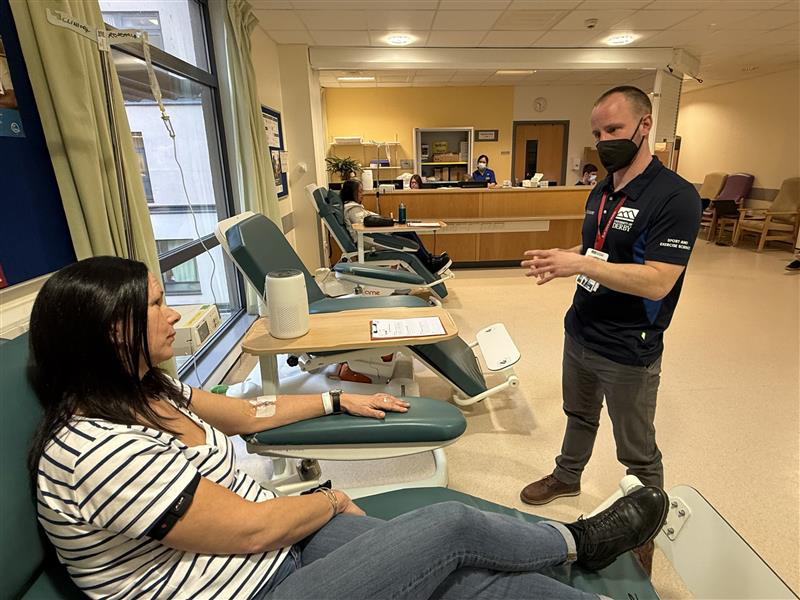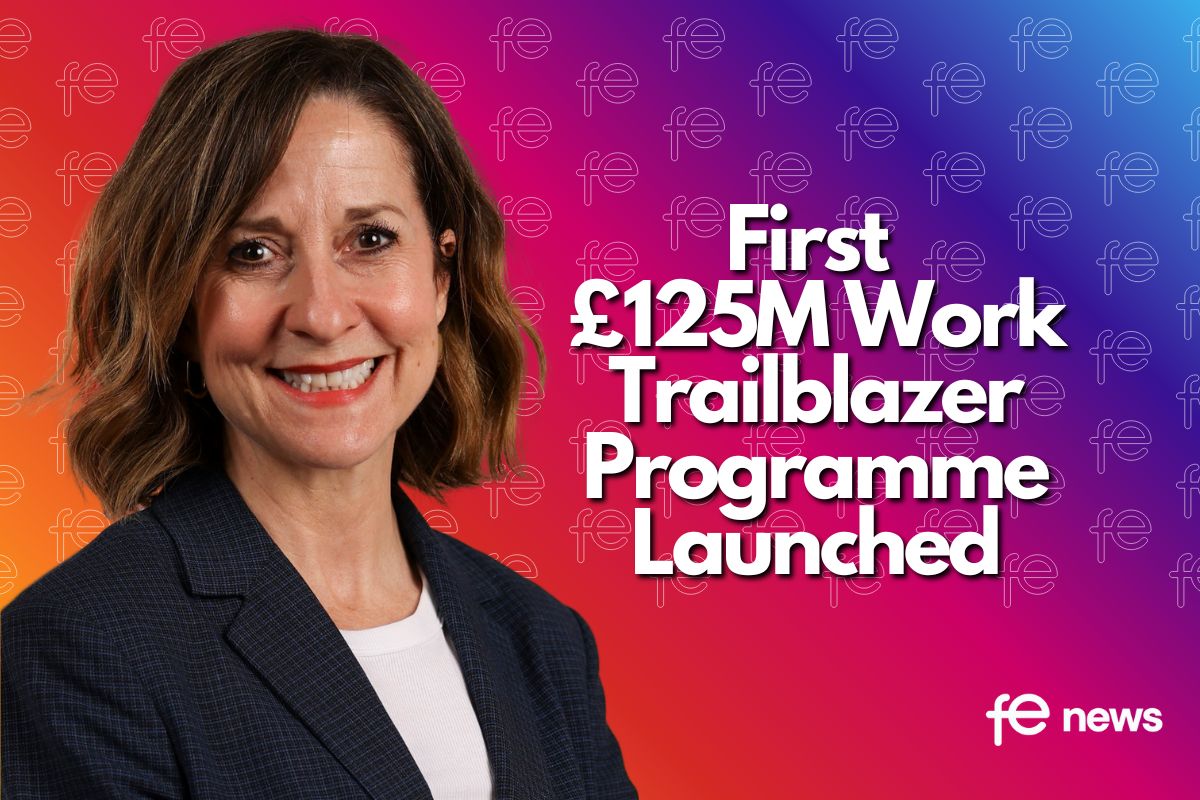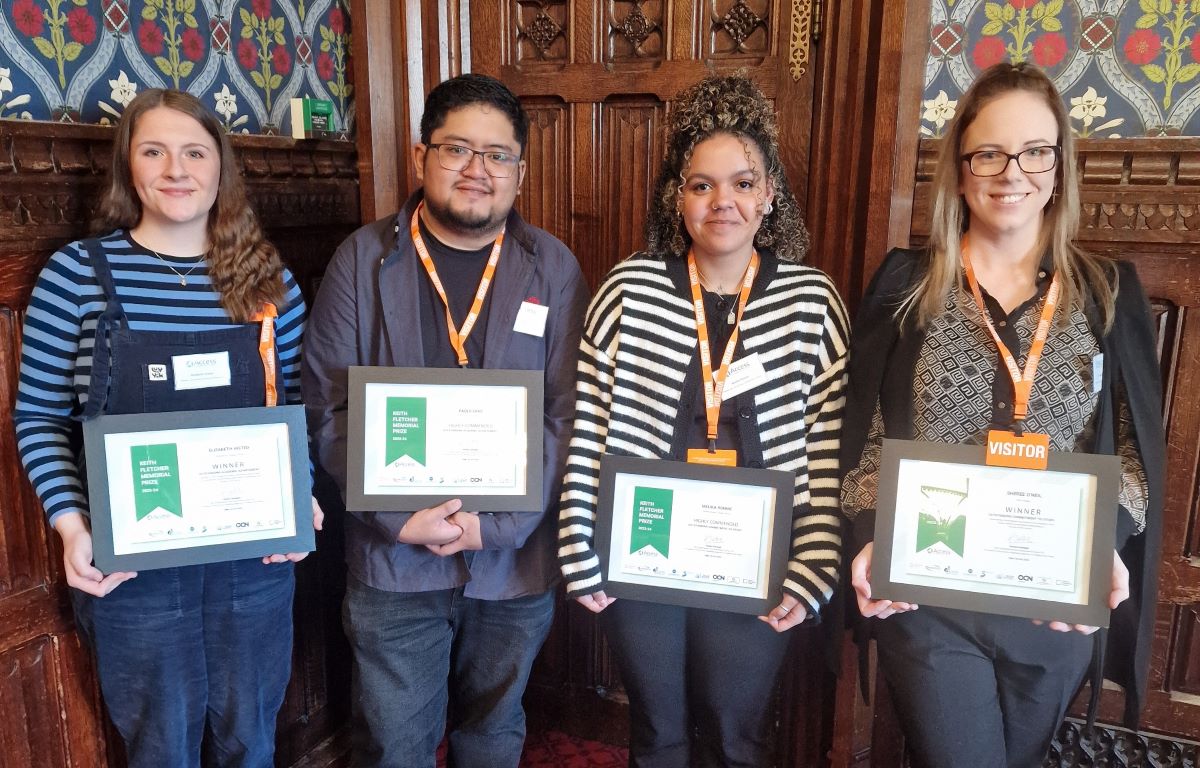Financial Times steps up free access programme for students as more than 4,000 schools and colleges sign up

The Financial Times is stepping up its free access programme for students around the world, building on the milestone of reaching more than 4,000 schools now signed up.
Since its launch in 2017, the FT Schools Programme has given 87,000 students free access to the FT’s award-winning journalism. From an initial start in the UK, the programme – which offers free digital access to FT.com to students aged 16-19, their teachers and schools – has expanded to 126 countries. The programme is delivered in partnership with Temasek.
Schools with students aged 16-19 years anywhere in the world – and colleges of further education in the UK – are eligible for free access.
In addition to access to FT.com, students also benefit from a weekly newsletter, a class discussion page on FT.com featuring teacher recommended content, regular competitions, and a personal finance board game. Eighty-five percent of students surveyed said that the FT helps them with their studies.
Andrew Jack, FT global education editor, said:
“We are delighted that so many students and teachers are finding the FT valuable to help in their studies and make informed choices about their future.”
Russi Rusev, deputy principal at the Business and Finance High School in Bulgaria, the 4,000th school to register, said:
“In our field of work as teachers, it is very important to use high quality and secure information sources like the FT in order to better educate our students. We are very excited about the opportunity that has been given to us by the FT and we are eager to put it to good use.”
The FT is also hosting a free webinar on climate change on 1 March and will publish a report on climate change for schools on 19 March.
Free Financial Times access extended to all Further Education colleges in the UK
5th Mar 2020: The Financial Times is extending free access to FT.com for all Further Education (FE) colleges in the UK to help a broader group of learners enhance their studies and future prospects.
The FT schools programme, which offers free access to FT.com for all 16-19 year old students globally, is designed to better prepare students for further study and work. Since launching in 2017, the programme has reached more than 50,000 students in 100 countries.
FE colleges which exclusively teach sixth formers have always been eligible for free access but colleges with an older intake of adult learners will now be able to sign up to the programme.

Speaking about the initiative, FT editor Roula Khalaf said:
“At the FT we strongly believe that having access to quality news and analysis helps improve social mobility and prepare students for successful future careers. We are delighted to extend free FT.com access to all Further Education colleges in the UK because we know that our journalism adds real life context to complex theoretical issues.”
In addition to reading award-winning journalism on FT.com, students and teachers can register to receive a weekly curated email with content that is relevant to their curriculum. As part of the programme, the Association of Colleges (AoC), which represents further education institutions across England, will oversee a network of teacher advisers to provide insights on how the FT can be used in their courses.

AoC chief executive David Hughes said:
“It’s fantastic that students and teachers in colleges across the country will have free access to FT.com. AoC has a strong relationship with the Financial Times and they are a big supporter of further education and the work colleges do.”
“Not only will this open up access to news stories, but colleges will also benefit from bespoke resources put together by AoC staff and FT journalists. I am confident that this initiative will help thousands of young people to broaden their understanding of the world we live in and better prepare for their future careers.”
Schools and colleges can see if they are registered, sign up and create individual accounts.











Responses